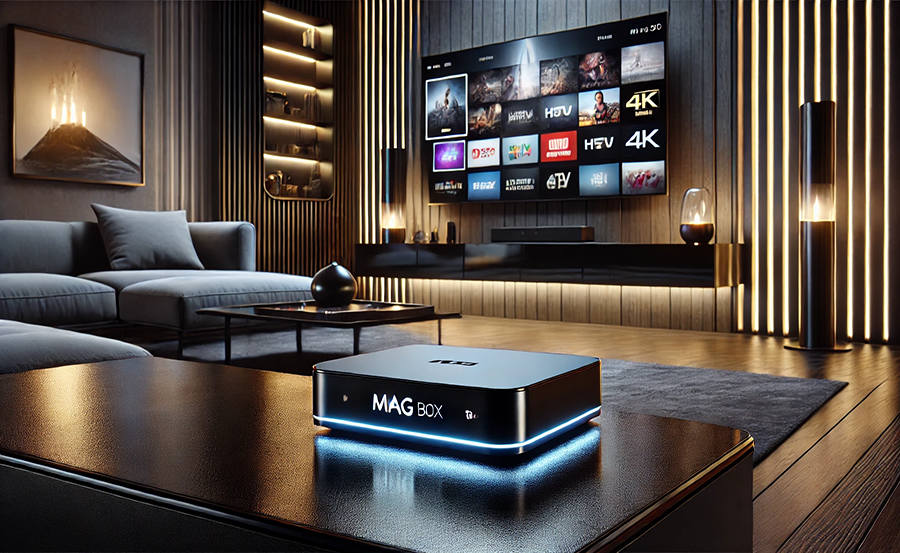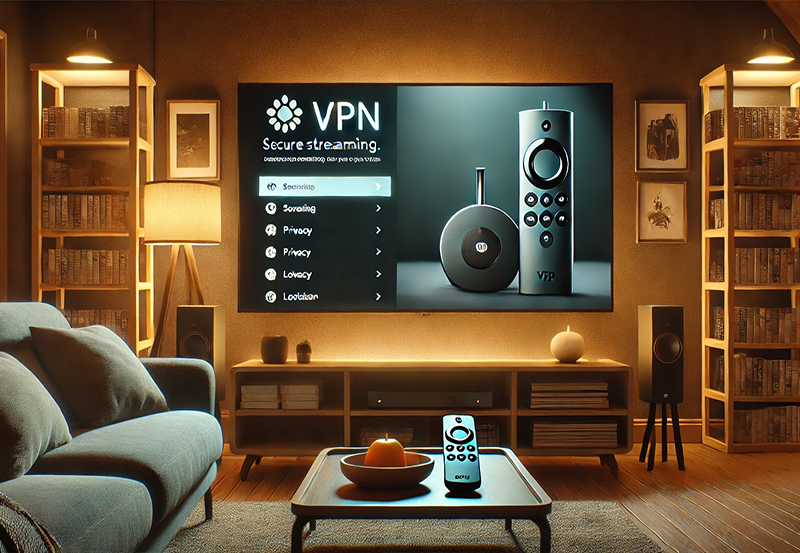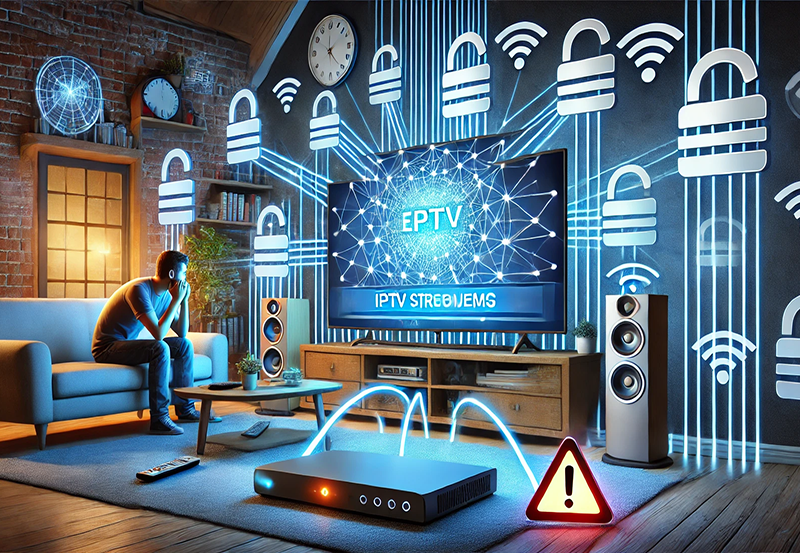In a world where technology is rapidly reshaping how we consume television, the choice between a MAG Box device and traditional cable is more relevant than ever. Understanding both options can lead to a more tailored and satisfying TV-viewing experience. Whether you’re a sports fanatic seeking the Best IPTV for sports, or you want to explore top IPTV services, the ideal choice depends on your unique needs and preferences.
The Rise of IPTV: A New Era of Entertainment
The landscape of television has undergone significant transformation over the years. Gone are the days when cable was the sole option for accessing a variety of channels. With the rise of IPTV (Internet Protocol Television), viewers can now enjoy a more diverse range of content through the internet. This shift towards digital viewing platforms marks the beginning of a new era where the phrase “Elevate Your IPTV Viewing Journey” becomes more than just marketing lingo; it’s a reality.
Understanding IPTV
IPTV, or Internet Protocol Television, makes use of internet protocols to deliver television programs and videos either live or on demand. This service is typically distributed via a broadband connection, removing the need for physical satellites. The flexibility offered by IPTV services allows viewers to select from various content packages and subscription models.
Expert Tip:
Sports enthusiasts, rejoice! Get IPTV for sports lovers and watch live games anytime, anywhere.
Technological advancements have allowed IPTV to deliver high-quality video and audio, transforming the standard for what viewers expect. The impact on viewers is profound, offering a level of convenience and personalization previously unavailable.
MAG Box Devices: An Overview
A MAG Box is a set-top box used to stream digital television content over the internet. Simple to set up and use, these devices are at the forefront of the IPTV revolution. Equipped with advanced connectivity features, MAG Boxes are designed to make the digital viewing experience seamless.
These boxes stand out due to their reliability and user-friendly interfaces. They’re particularly popular among users who prioritize niche content like international channels, sports, and special-interest programming.
The Legacy of Traditional Cable
Cable television has long been the cornerstone of home entertainment. Offering a straightforward way to access a wide variety of channels, cable remains a popular choice for many, especially in areas with limited broadband availability. Despite its long-standing presence, the way people think about cable is evolving with the introduction of more flexible and personalized viewing options through IPTV.
Pros of Traditional Cable
- Reliability: Consistent signal quality without the need for an internet connection.
- Broad Channel Range: Access to a diverse spectrum of networks.
- User Familiarity: Known interfaces that have been part of households for decades.
For some, the comfort of traditional cable’s reliability and the tactile satisfaction of a remote control cannot be understated.
Cons of Traditional Cable
- Rigid Contracts: Long-term commitments with early termination fees.
- Lack of Flexibility: Limited control over specific channel packages.
- Higher Costs: Generally pricier than modern digital alternatives.
As technology progresses, these drawbacks of cable have prompted a quest for alternatives that cater better to consumers’ evolving preferences.
Comparing Features: MAG Box vs. Cable
When comparing a MAG Box device to traditional cable, several metrics are critical: cost, versatility, and content variety. Each offers its unique benefits and potential downfalls, impacting the overall value from the consumer’s perspective.
Cost Considerations
MAG Box devices often boast a lower initial cost with various subscription models offering flexibility. While users might incur a one-time purchase fee for the set-top box, ongoing fees typically apply to the services they choose to subscribe to.
Cable, contrastingly, generally demands more consistent monthly payments, including taxes and potential equipment rental fees, leading to a steeper long-term financial commitment.
Content Variety and Versatility
MAG Box’s Offerings
MAG Boxes capitalize on internet capabilities to curate a personalized content library, which often includes international channels and specific genres not available through traditional cable. As a result, they serve as an attractive proposition for users desiring a tailored viewing experience rich in diversity.
Cable’s Content Spectrum
Cable emphasizes breadth with channel packages designed to appeal to general interests. While content variety is wide, the channels’ availability is largely dictated by the service provider, offering limited choice in customization.
For those who find comfort in extensive channels without the need for diverse niche programming, cable remains a viable option.
Making the Right Choice for Your Viewing Habits
The ultimate decision often boils down to personal viewing habits and accessibility requirements. Both MAG Boxes and traditional cable have their niches, and understanding what each brings to the table can guide viewers in making an informed decision.
Understanding Your Needs
Do you crave international programming or are specific genres your focus? Is cost a major factor, or are you looking for a long-term viewing solution without the possibility of internet interruptions? By clearly assessing what you value most, you can make an informed decision that aligns with your entertainment desires.
Evaluating Internet Connectivity
For those considering MAG Boxes, reliable internet is crucial. Evaluate your internet speed and reliability to ensure streaming quality is consistent. Conversely, if internet access is spotty, traditional cable might prove advantageous due to its non-reliance on a broadband connection.
Frequently Asked Questions

What makes MAG Boxes a popular choice for sports enthusiasts?
MAG Boxes often support the Best IPTV for sports, offering real-time broadcasting of live sports events that are accessible worldwide. This makes them particularly appealing to those wanting to follow international leagues and tournaments.
Are there setup complexities associated with MAG Box devices?
The setup process for MAG Boxes is relatively straightforward, often requiring only basic tech knowledge. However, viewers must opt for and configure IPTV services to tailor their content, which can involve a slight learning curve.
Is IPTV legally more challenging than traditional cable?
IPTV services operate in a complex legal framework that can vary by region. Users should research local laws to ensure the services they’re accessing are within legal parameters. Cable, with regulated service protocols, typically lacks these challenges.
How do costs compare when evaluating IPTV and cable options?
MAG Boxes and IPTV often carry a lower initial and ongoing cost compared to traditional cable, with the added benefit of customizable subscriptions. Cable, while consistent, tends to run higher with potential ancillary costs like equipment rental or channel upgrades.
Can traditional cable keep up with the evolving digital landscape?
While cable companies are adapting by offering digital options and enhancing their service offerings, the flexibility and innovation found in IPTV remain strong competitors in the evolving digital market.
Choosing between a MAG Box and traditional cable is not merely a decision about technology; it’s about shaping how you connect with content. As we navigate this dynamic digital landscape, remembering what’s important and what aligns with your viewing lifestyle will guide you towards a fulfilling entertainment journey.
FireStick vs. Cable TV: Why Cutting the Cord Is a Smart Move





